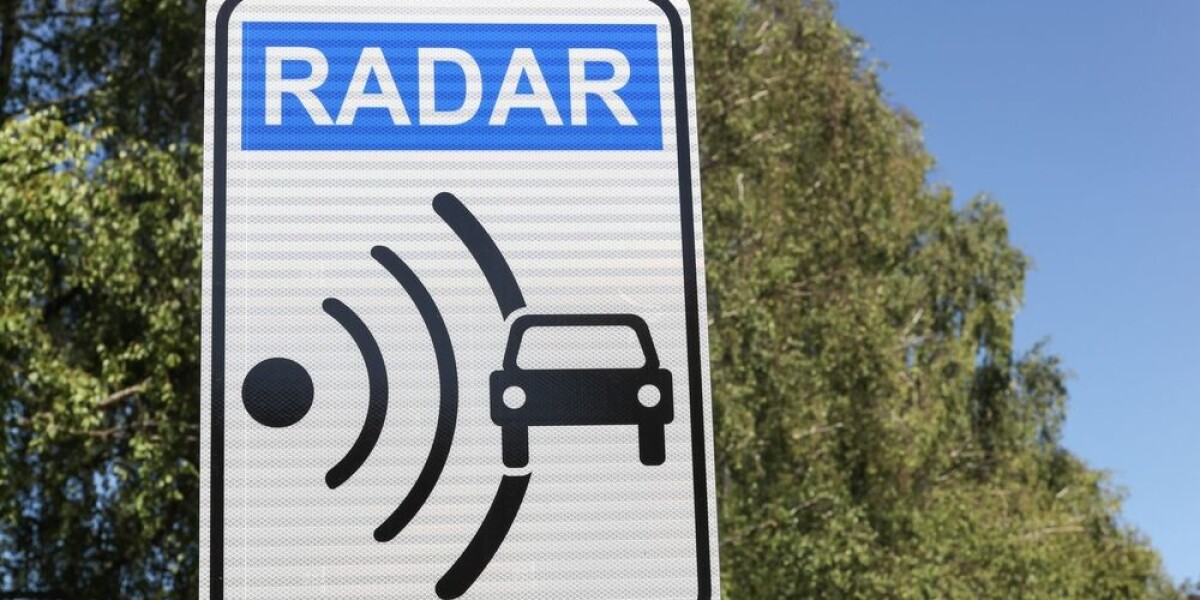
- Select a language for the TTS:
- UK English Female
- UK English Male
- US English Female
- US English Male
- Australian Female
- Australian Male
- Language selected: (auto detect) - EN
Play all audios:
FROM 2025 THE NEW CAMERAS WILL SEE MORE THAN JUST EXCESS SPEED New AI-enabled cameras are set to come into force in France from 2025, with new capabilities to detect a range of other road
offences beyond excess speed. The use of AI will allow the cameras to draw intelligent conclusions on driver behaviour, and improve the cameras’ efficiency for use in issuing fines. Their
use has been approved by the Assemblée nationale. The offences set to be identified, as reported by Le Figaro Automobile, are: Any driver found to break these rules risks a fine of €135 and
the potential loss of three points from their licence – the same as if they were pulled over by police officers. Read also: How do driving points work in France, how often are they given,
and what about foreign licences? UPGRADING BUDGET The changes are part of the government’s 2025 budget plans, which include a total of €46.3 million for speed camera/radar maintenance and
improvement. The funds will go towards upgrading cameras to catch more offences, increasing the fleet of mobile radar units in France, and the prevention (and repair) of camera
vandalisation. Read also: Unmarked radar cars will be in more French regions soon Read also: French speed cameras set to detect more types of offences It is currently unknown how many of
the 4,000 or so functioning cameras currently in operation in France will be equipped to check for these new offences, or where they will be located. For example, they may not be placed
along roads with higher speed limits, as it could be more difficult to accurately catch offending drivers. The French Code de la route (Highway Code) already allows cameras (radars) to
detect a range of offences on the roads, including: * The offences listed above * Using lanes and carriageways reserved for certain categories of vehicle * Driving on hard shoulder areas *
Crossing and overlapping solid lines * Travelling in the wrong direction * Ignoring stop signs * Exceeding maximum authorised speeds * Dangerous overtaking or overtaking in an area where it
is forbidden * Entering an intersection or the space between two stop lines * Not wearing an approved helmet (for bikes) * Driving without valid insurance * Driving a vehicle that exceeds
permitted noise emission levels * Driving a vehicle that exceeds permitted vehicle weight limits * The illegal movement of a vehicle on the left-hand side of a dual carriageway







